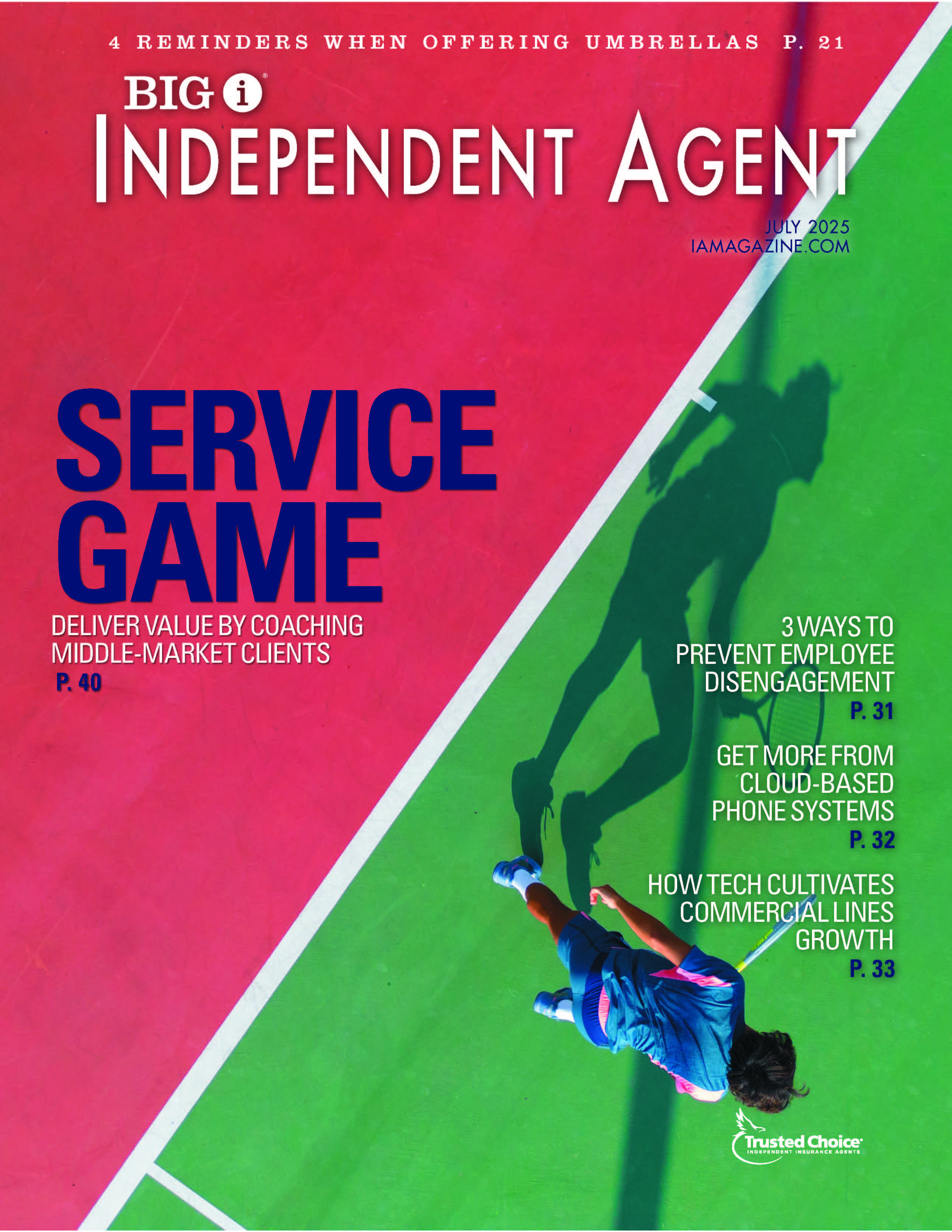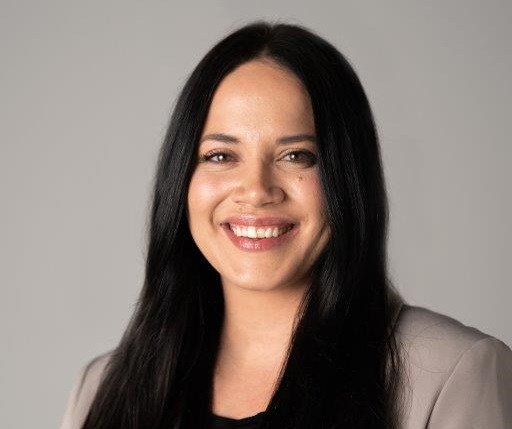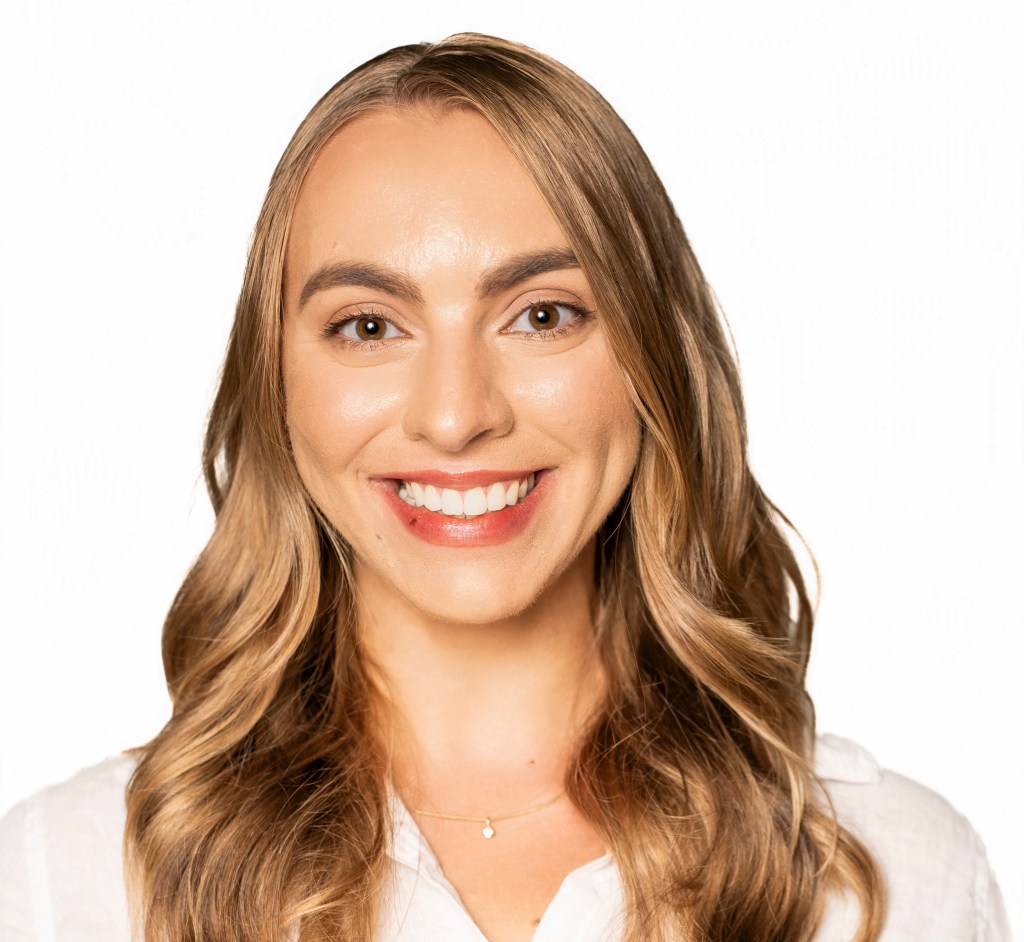Student of the Industry: Where Do Premium Dollars Go?

By: Paul Buse
Has a customer ever asked you where their premium dollars go?
Well, student of the industry, once you join me in putting on your philosopher’s cap, we’ll find that, as in most of life, there’s more to it than one might expect if you look a little closer.
The age-old maxim that the whole of something is greater than the sum of parts could be said for the premium dollar.
The insurance mechanism only starts with premiums. Investment income is then added to premium income—as you see in the chart below, that investment income finances one-tenth of society’s risks. In some years it might represent all or most of an insurer’s profits.
Turning to costs, the right-hand clustered bar shows where the insurance dollars go. You can see on the chart below that the biggest outflow is for losses and adjusting activity related to indemnification of the policyholder. That’s what consumers mostly think they are paying for when they pay their premium.
After loss costs comes the rest of what the insurance dollar finances. And, far from just covering “frictional costs,” the premium dollars are needed to get to the goal of indemnity in the face of loss and provide their own value.

Source: © A.M. Best Company—used with permission.
I believe the two most underappreciated and critical components of what premiums finance are commissions and profits. Society’s proper risk management function needs both.
Commissions are what generate sufficient buyers. Without that, the law of large numbers stands no chance of working. Commissions also finance the important role of education, service and risk management. The process generates the flow needed for insurance to work and brings critical counsel to the at-risk public.
No less critical is profit. Without incentives that provide the reserve cushion needed to absorb risk, insurance cannot exist. And, without insurance the foundations of a modern economy are vulnerable, as we see in cases where insurance is not available, such as after the 9/11.
An economy falters without the backstop of reliable indemnity from loss. It needs a vibrant and willing pool of risk-taking capital to assure financing of economic activity.
Few appreciate the importance of insurance when they purchase it. As agents, you can educate your clients. Spread the news and take credit for creating the necessary flow!

Paul Buse is principal, founder and owner of Real Insurance Solutions Consulting.
This Student of the Industry article is part of a monthly column on IAMagazine.com. Keep an eye on Thursday’s weekly News & Views e-newsletter in March for the next off-beat take on current trends in the insurance industry.










